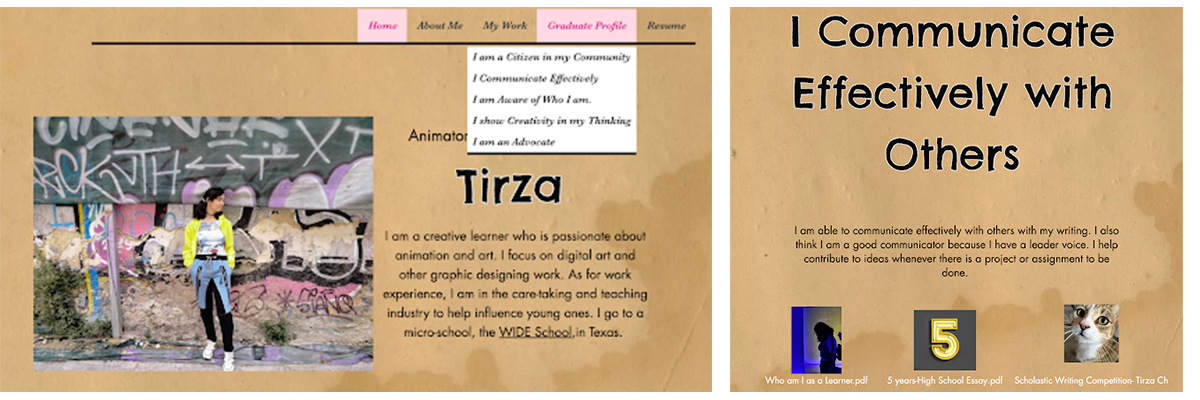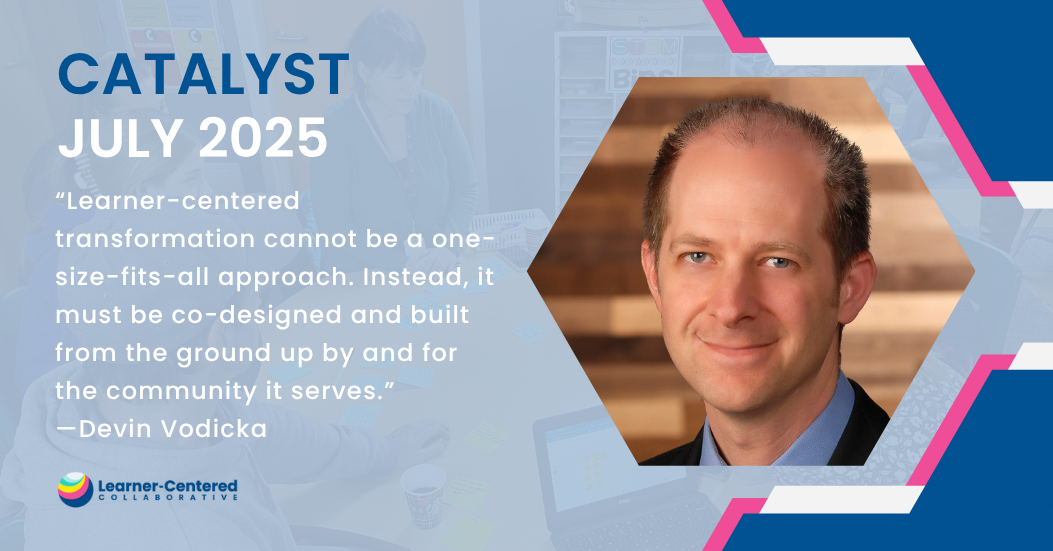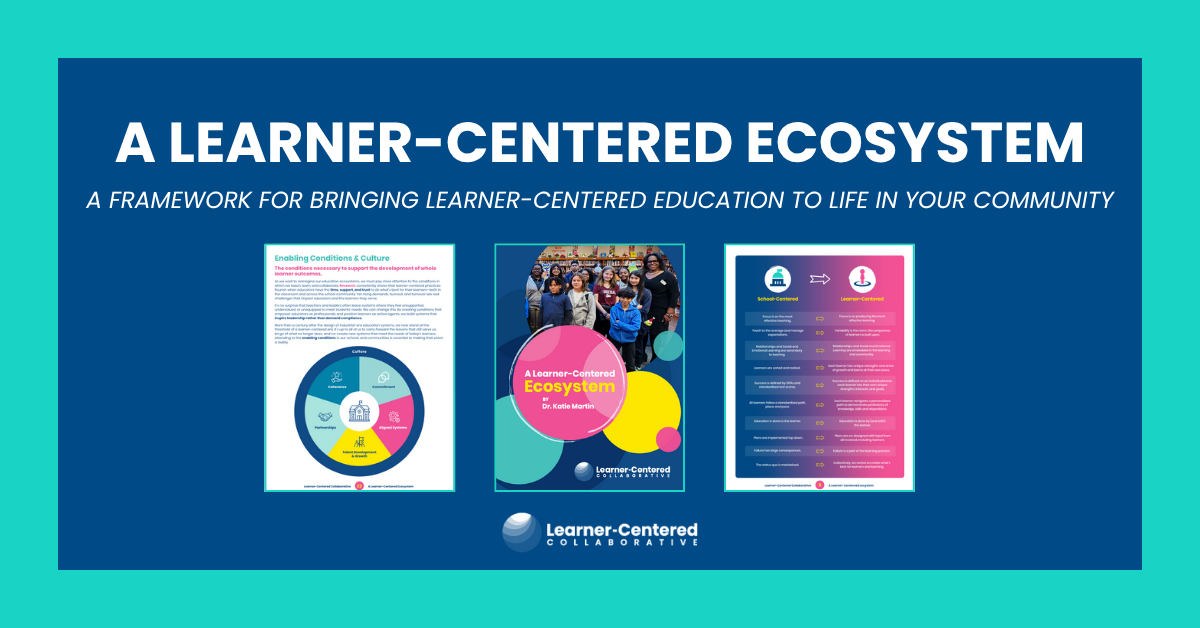Bringing Your Learner Profile to Life with Learners
Your school or district created a Learner Profile highlighting the whole-learner traits to be developed by graduation. But, as a teacher, how can you weave those into your classroom? Here are 4 simple ways to get started:
Don’t have a Learner Profile yet? Click here to get started.
1. Spark a conversation with your learners

Chances are, your students have some understanding of the traits in your Learner Profile. The simplest place to start is by asking your learners: what words, ideas, examples, feelings, etc come to mind when you think of each trait. Recently, we used Mentimeter with high school students at The W.I.D.E. School in Missouri City, TX, to quickly create word clouds for each trait, which sparked deep conversation amongst learners.
Make an effort to keep the conversation going all year long so your Learner Profile traits don’t just become words in a mural on the wall, but instead they become living aspirations that are meaningful and relevant to your students.
2. Connect with personal experiences
Share how you have developed Learner Profile traits over time. Consider carving out a few minutes at the start of each class or day to share a brief personal story. If you’re uncomfortable sharing your experiences, bring in examples from celebrities, athletes, or other well known people. As you start, be explicit and clear about which trait corresponds, but over time ask students to make the connection between the story and the Learner Profile.
As your learners build the muscle of connecting experiences to the Learner Profile, begin to invite them to reflect on how they have developed each trait both inside and outside of school. This may be difficult in the beginning, so consider offering individual think-time or even a written prompt before asking them to share with the class.
3. Celebrate Growth
Create a way for students to celebrate each other when someone demonstrates a Learner Profile trait. This could be done aloud or in writing, but encourage students to be specific: name the person, the trait, and how it was practiced this week.

4. Develop Learner Profile-aligned Portfolios
Create a space for your learners to add reflections and evidence of their Learner Profile experiences. At The W.I.D.E. School students create their own website with a page for each Learner Profile trait. Every few weeks, they add photos and examples of their own work and reflect:
In Logan County, KY, students create a digital portfolio in Google Slides at the end of each grading period. The goal for student portfolios is to share the learner’s growth towards the Learner Profile with family, friends, potential employers, and even college admissions teams:
So, what will your next step be? Will you spark conversations, connect to personal experiences, celebrate growth, or develop portfolios? However you choose to bring your Learner Profile to life, share your journey with us on social media by tagging @LCCollaborative and #LCBrightSpots.
For more inspiration on bringing a Learner Profile to life, read So You Designed a Profile of a Graduate, Now What?









